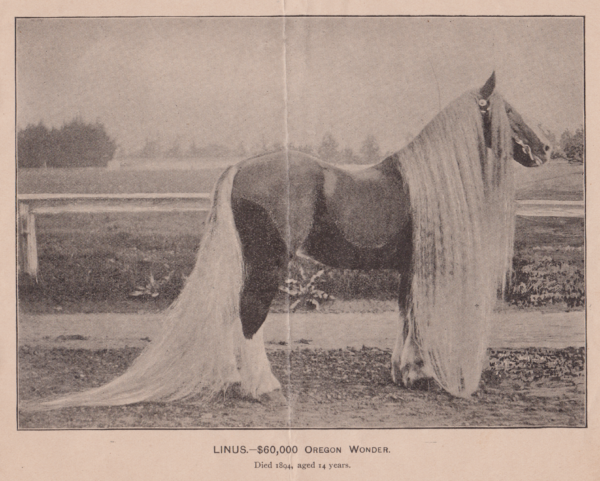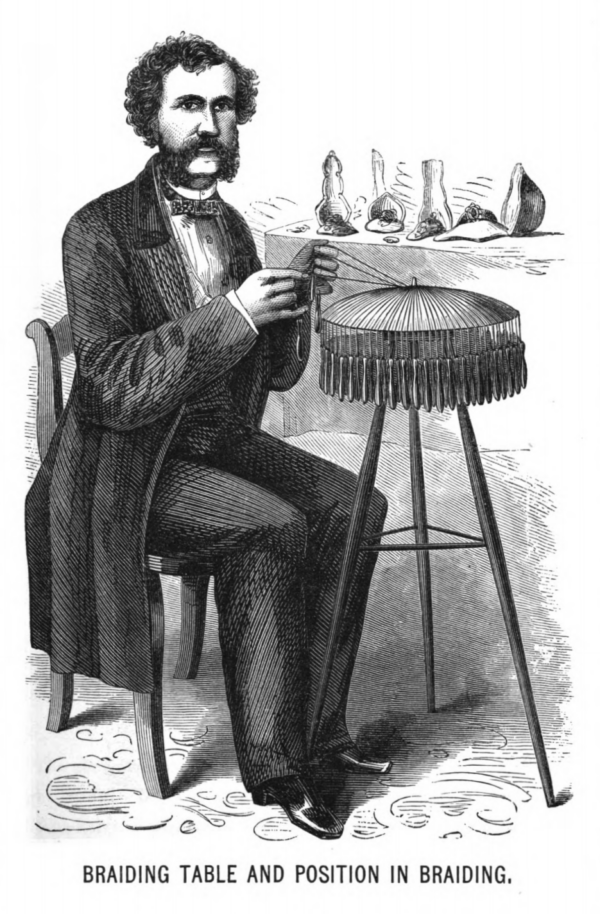Aesop, an enigmatic figure often referred to as the father of storytelling, lived around 620–564 BCE. Believed to have been a slave on the island of Samos in ancient Greece, he rose to fame for his compelling storytelling ability. Despite his low social standing, Aesop’s stories struck chords with both the common folk and the nobility, reinforcing universal truths and wisdoms through simple, accessible tales.
Aesop’s Fables, a timeless collection of tales, have been passed down through generations, each carrying its distinct moral. One less known, but strikingly significant, is the fable of the Bald Man and the Fly. This seemingly simple tale holds profound lessons that remarkably mirror the struggles and attitudes surrounding hair loss.

The fable begins on a hot summer’s day where we meet a Bald Man taking a break after a day’s toil. His peace is disrupted by a Fly persistently buzzing around his bald pate, stinging him from time to time. In response, the man tries to swat the Fly but ends up striking his head instead. The fly repeatedly tormented him, but now the Man was wiser and said: “You will only injure yourself if you take notice of despicable enemies.”
On the surface, this story is about a bald man and an annoying fly. However, digging deeper reveals an insightful correlation between the fable and the predicament of hair loss. Just like the bald man, many individuals struggling with hair loss often face similar ‘flies’ in the form of societal pressures, misconceptions, and unwarranted comments.
In the narrative, the bald man tries to swat the fly, only to hit himself. This action symbolizes the vain attempts of individuals suffering from hair loss who might try countless remedies, but often harming themselves in the process. The constant pursuit of a ‘cure’ can lead to chasing unregulated treatments, with potentially harmful side-effects, and enduring substantial psychological distress.
When the bald man realizes that his reactions only bring harm, he decides to ignore the fly. This signifies acceptance, an important phase in dealing with hair loss. Like the bald man, individuals should focus less on the ‘stinging flies’ of societal judgment and more on embracing their reality. Hair loss, while a physical change, doesn’t define a person’s worth or capabilities. This shift in perspective encourages self-confidence and reduces the damaging impact of societal pressures.
However, acceptance doesn’t equate to resignation. For the bald man, ignoring the fly does not mean he accepts it as a permanent nuisance. In the context of hair loss, it means acknowledging the condition while continuing to explore safe, scientifically-backed solutions if desired.
The moral of Aesop’s fable and its relevance to hair loss is about altering our reaction to a difficult situation, thus diminishing its power over us. Hair loss, like the buzzing fly, can be annoying and emotionally distressing. However, by changing our attitude towards it – from self-injury to acceptance – we can reclaim control, restore self-esteem, and mitigate the harm.
In conclusion, the fable of the Bald Man and the Fly offers a subtle and profound insight into the struggle with hair loss. By embodying the wisdom of the bald man, individuals can navigate their journey with resilience, rejecting damaging societal norms, and embracing their unique identity, hair or no hair. After all, the true strength lies not in the hair that crowns the head, but the mind beneath it.
Bibliography


